After a dry start to summer and multiple wildfires on the Western Slope, Colorado may soon get some much-needed relief from the approaching North American Monsoon.
Snowmelt arrived early in Colorado’s Western Slope this year due to unusually low snowpack levels during the 2025 winter and spring. Most basins across the state reported consistent deficits. On top of that, a lack of rain and persistent drought conditions sparked several wildfires in the mountain regions, leaving residents hopeful that the monsoon will bring some relief.
Some parts of the mountain region have already begun to experience the early effects of the monsoon, offering “cautious optimism,” according to the U.S. Department of Agriculture. Still, the season’s full impact remains uncertain.
What Is the North American Monsoon?
The North American Monsoon is a seasonal flow of subtropical moisture that forms over northern Mexico in June and spreads into the southwestern U.S.—including Colorado—throughout the summer. According to meteorologist Alan Smith of Open Snow, it usually brings frequent thunderstorms and heavy rainfall to states like Colorado, Utah, Arizona, and New Mexico.
The monsoon typically reaches the U.S. by early July and lasts into September, peaking from late July to early August when moisture levels are highest. This period brings the most intense rainfall and storms.
Colorado’s Front Range is especially vulnerable to near-daily thunderstorms during monsoon season, Smith notes. Thunderstorms are also common in the Colorado Plateau national parks, which cover parts of the Western Slope.
Open Snow’s heatmap shows that depending on the region, Colorado can experience 45 to 80 summer thunderstorm days each year.
Relief Comes with Risks
While monsoons help restore water levels, they also bring hazards for outdoor enthusiasts. Risks include cloud-to-ground lightning, flash floods, damaging winds, and even wildfires.
Lightning is especially dangerous for hikers above treeline and those exploring canyons. Flash floods in the Rockies can cause sudden river surges, mudslides, and landslides.
The devastating 2013 floods in Boulder and Estes Park occurred during an active monsoon, with torrential rain between Sept. 9 and 12 causing widespread destruction across the Front Range.
As for wildfires, dry vegetation combined with lightning can ignite blazes in the Northern Rockies. Sometimes, the storms bring just enough moisture to trigger lightning, but not enough rain to prevent fires.
Smith also warns that gusty outflow winds from dry thunderstorms can rapidly change fire behavior, potentially threatening areas that previously seemed safe.
What Kind of Monsoon Will Colorado See?
Monsoon intensity varies each year and can be hard to predict due to differences in location, duration, and strength. However, Southern Colorado is expected to be the first to receive rainfall. The region has already seen some early mountain showers since early June.
“In some years, the monsoon can be very weak and short-lived, and produce little rainfall across the areas that usually depend on it. Drought and wildfire ramifications can be significant across New Mexico, Arizona, Utah, and Colorado if a particular year’s monsoon significantly underperforms,” Smith wrote.
He pointed to 2020 as an example of a nearly nonexistent monsoon season—coinciding with one of Colorado’s worst wildfire seasons on record.
Forecasts for July through September currently show equal chances for below-, near-, or above-average rainfall across the western U.S., according to the National Integrated Drought Information System.
This article has been carefully fact-checked by our editorial team to ensure accuracy and eliminate any misleading information. We are committed to maintaining the highest standards of integrity in our content.

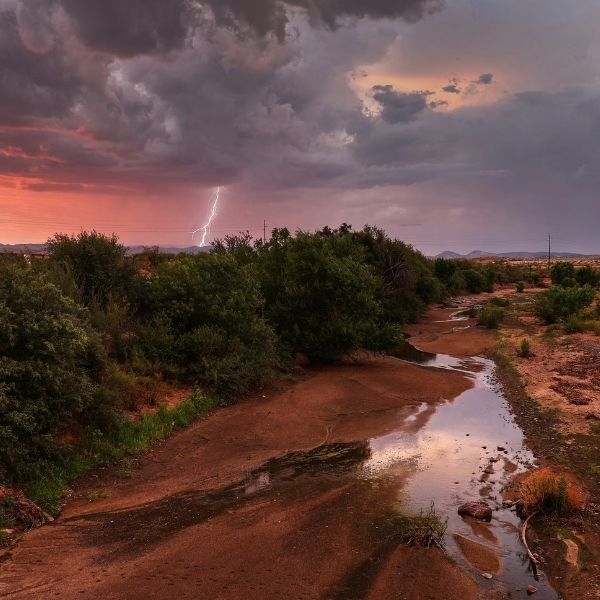


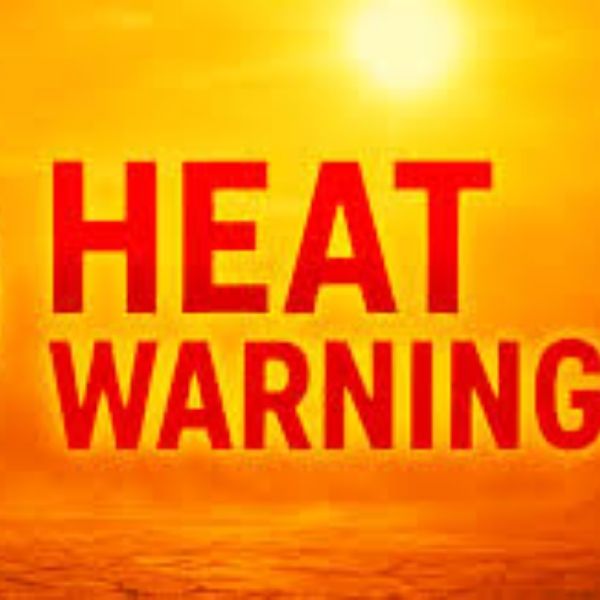
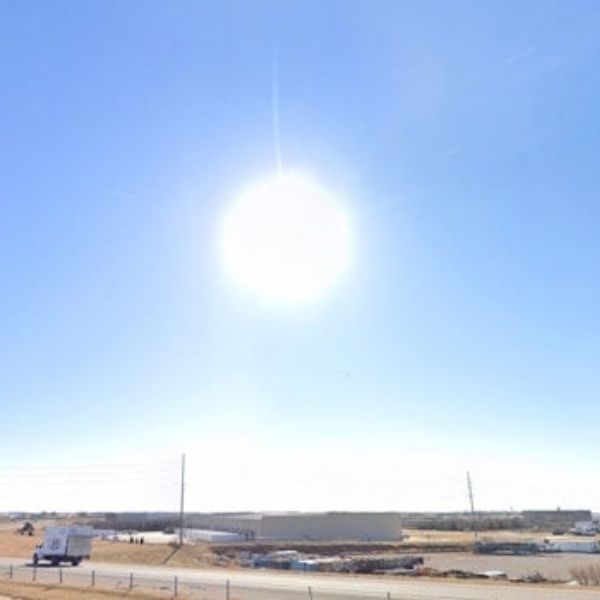
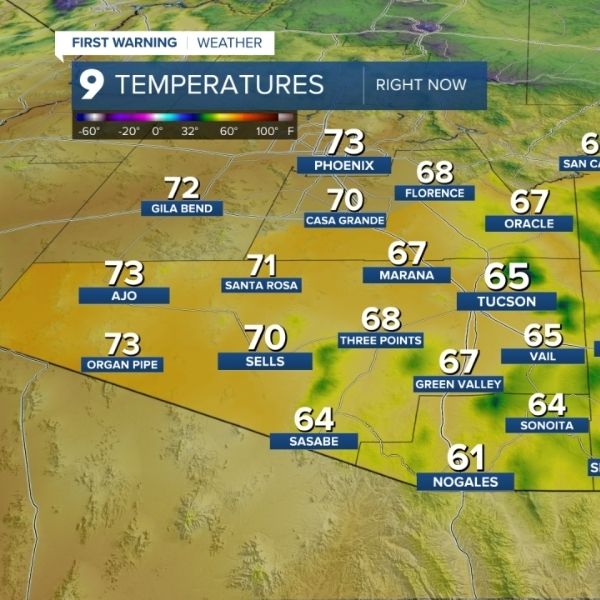


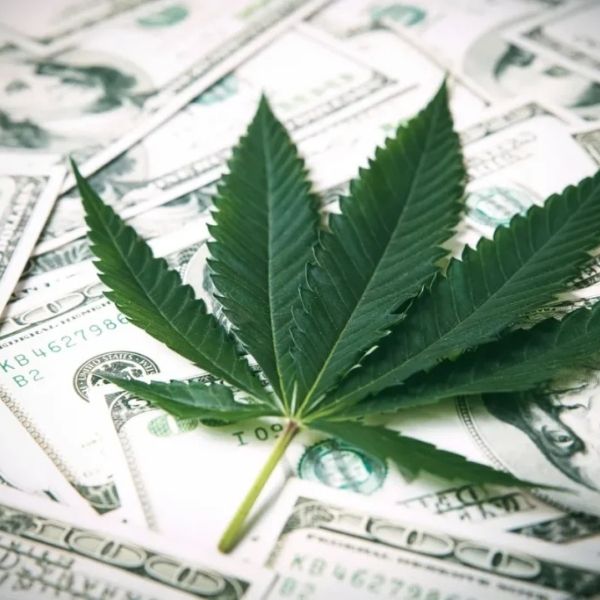
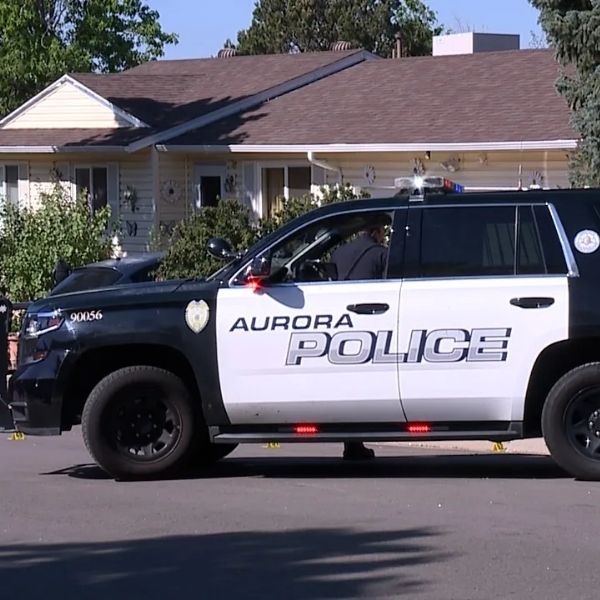
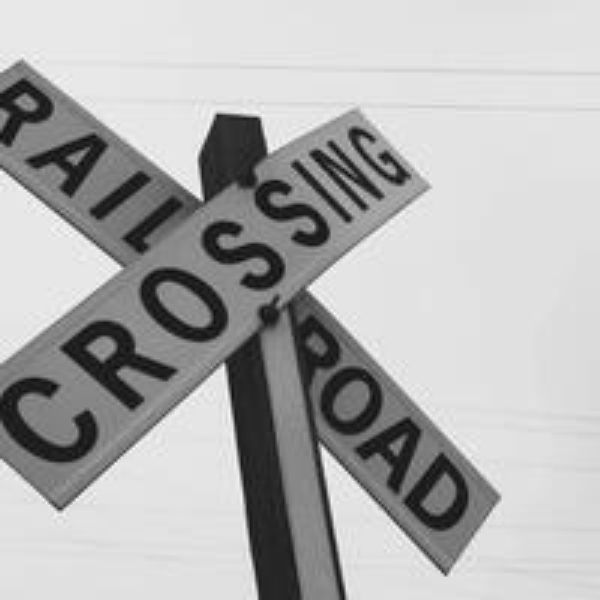
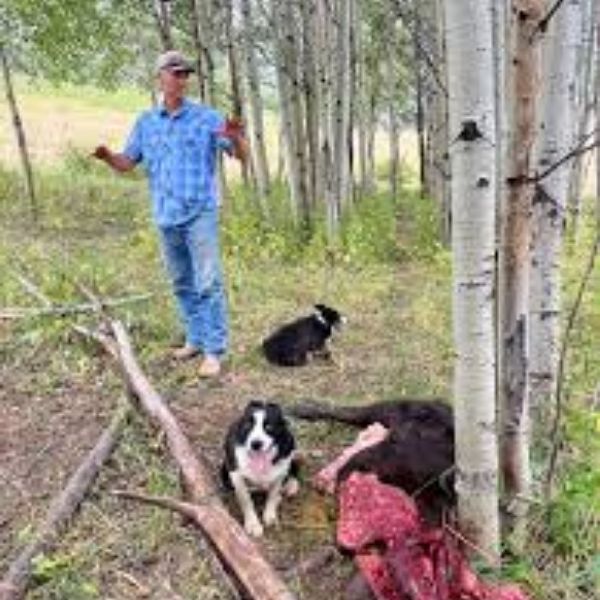



Leave a Reply